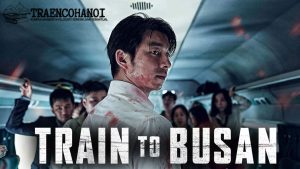
Colors have always held significant meanings in our lives, influencing our emotions, behaviors, and even our decisions. The study of color and its profound impact on the human psyche goes beyond mere aesthetics. It dives deep into the realms of philosophy, psychology, culture, and even spirituality. Understanding the philosophy of color provides insights into our daily lives, from the clothes we wear to the way we decorate our homes.
Historical Background The Philosophy of Color
Historically, different civilizations have attributed various meanings to colors. For example HANTOGEL, in ancient Egypt, blue was associated with divinity and the sky, whereas red symbolized chaos and disorder. In China, red has long been the color of luck, prosperity, and joy. Ancient Greeks, on the other hand, considered colors to be representative of various states of mind and health.
Symbolism and Emotion The Philosophy of Color
The symbolism behind colors often resonates with the emotions they evoke.
- Red stands for passion, energy, and love, but can also signify danger or caution.
- Blue, often considered the most popular color worldwide, represents tranquility, trust, and stability. It is a color that invokes feelings of calmness and serenity.
- Green, being the color of nature, embodies growth, renewal, and fertility. It’s also a symbol of stability and endurance.
- Yellow, the color of sunshine, represents happiness, optimism, and enlightenment.
Color in Culture and Religion
The importance of colors extends to cultural and religious practices too. For instance:
- In Hinduism, saffron represents purity and spirituality.
- In Christianity, white is a symbol of purity and innocence, while purple signifies royalty and divinity.
- In many Asian cultures, white is associated with mourning and death, in contrast to the Western association with purity and peace.
The Psychological Aspect
From a psychological perspective, colors can have a significant influence on our mood and behavior. Restaurants, for instance, often use red in their decor and branding since it is believed to stimulate appetite. Similarly, hospitals and healthcare institutions tend to use blue and green as they promote feelings of calm and healing.
The Aesthetics
Art and design are realms where the philosophy of color is most vividly and creatively expressed. Artists use colors to convey emotions, tell stories, and provoke thought. The color palette an artist chooses can make all the difference in the reception of their work. Similarly, in design, whether it’s interior, fashion, or graphic, the right combination of colors can enhance or diminish the intended message or feel of a project.
Conclusion of The Philosophy of Color
Colors are more than just visual stimulants. They are powerful tools that shape our perception of the world around us. Through understanding the philosophy of color, we not only appreciate their aesthetic value but also their deeper meanings and influences on our lives. When color is right, form is right.” In essence, color harmonizes our world, balancing the seen with the unseen, and painting our experiences with a spectrum of emotions and meanings.







